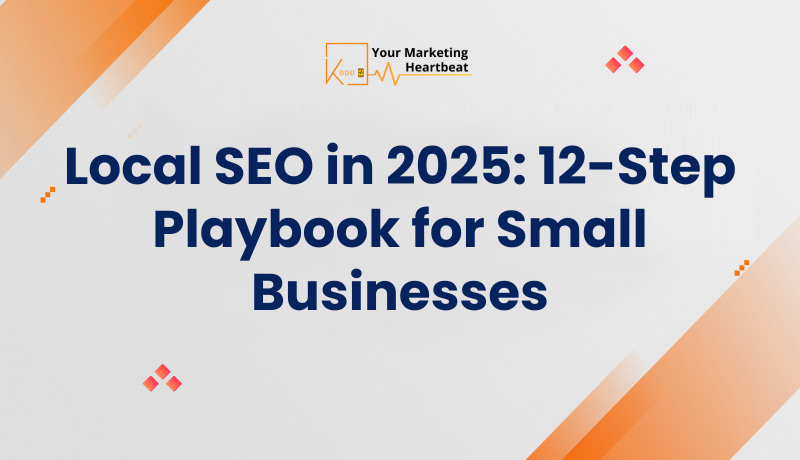
In today’s digital-first world, brand visibility alone isn’t enough. Audiences demand credibility, expertise, and trust before they engage with a company. That’s where thought leadership content comes in.
For businesses in 2025, thought leadership is more than publishing blogs—it’s about creating strategic content that positions your brand as an authority, drives engagement, and opens doors to opportunities.
At Kodo Kompany, we believe that authority content = brand equity. In this blog, we’ll break down how businesses can build brand authority through thought leadership content, why it matters in 2025, and practical strategies to get started.
Thought leadership content is insight-driven, authoritative content created by brands, leaders, or subject-matter experts to showcase expertise in their industry.
It is not just about sharing opinions, but about backing insights with data, case studies, and actionable strategies.
Examples include:
LinkedIn articles that highlight industry shifts.
Whitepapers on new marketing or technology frameworks.
Blogs that offer solutions to recurring challenges.
Interviews or podcasts with experts.
Trust is Currency: 81% of decision-makers say thought leadership increases their trust in a brand.
Shorter Sales Cycles: Strong authority reduces time-to-convert.
Brand Differentiation: In crowded markets, expertise separates leaders from followers.
SEO Benefits: Authoritative content earns backlinks and higher Google rankings.
LinkedIn Power: With 1 billion users in 2025, LinkedIn is the primary platform for B2B thought leadership.
People don’t want fluff—they want real experiences, failures, and solutions.
Publishing once a quarter won’t work. Authority is built with a consistent content cadence.
Your content should include research, surveys, or internal insights that no one else offers.
Thought leadership isn’t limited to blogs—LinkedIn posts, podcasts, YouTube explainers, and webinars amplify impact.
Encourage comments, debates, and collaboration. Thought leadership thrives on community engagement.
Expert Blogs & Guides
Deep dives on industry shifts (SEO trends, AI in marketing, etc.).
Optimized for SEO to capture organic traffic.
LinkedIn Thought Leadership
Posts with frameworks, infographics, and real-life experiences.
Personal branding for CEOs and CMOs.
Case Studies
Showcasing success stories that prove authority.
Research Reports
Commissioned surveys or studies that offer exclusive insights.
Guest Posts & Media Features
Publishing on Forbes, HBR, or TechCrunch amplifies credibility.
Podcasts & Interviews
Position your leaders as experts in engaging formats.
At Kodo Kompany, we recommend the T.A.C.T.I.C Framework for building authority content:
T – Target Audience: Define who you want to influence (CEOs, CMOs, Gen Z entrepreneurs).
A – Authority Mapping: Identify what your brand can lead conversations on.
C – Content Pillars: Build 3–4 content categories to dominate.
T – Tools & Trends: Align your content with industry shifts (AI, SEO, LinkedIn).
I – Insights First: Provide data-backed, unique perspectives.
C – Consistency: Weekly posts, monthly blogs, quarterly reports.
Keyword Optimization
Use long-tail + informational keywords like “thought leadership content strategies 2025” or “LinkedIn thought leadership tips.”
On-Page SEO
Optimize headings (H1–H3), meta descriptions, and image alt text.
Ensure readability with short paragraphs and bullet points.
Content Length
Authority blogs perform best at 1,800–2,500 words.
Internal Linking
Link to Kodo’s content marketing services and related blogs.
External Backlinks
Cite sources like Forbes, HBR, LinkedIn Studies for credibility.
Schema Markup
Add FAQ schema for better search visibility.
Forbes: Features CEO opinion pieces that shape business conversations.
Harvard Business Review: Publishes deep research that professionals rely on.
LinkedIn Influencers: Build authority by consistently sharing insights, stories, and frameworks.
At Kodo Kompany, we create bespoke content strategies that help brands establish thought leadership:
Developing personal branding for founders and leaders.
Crafting SEO-optimized authority blogs.
Producing case studies and research reports.
Designing LinkedIn content campaigns.
Tracking content ROI with analytics dashboards.
Our mission: to make your brand the go-to expert in your industry.
Thought leadership isn’t just about content—it’s about influence, authority, and consistency.
In 2025, businesses that prioritize thought leadership will not only gain visibility but also earn trust, shorten sales cycles, and position themselves as industry leaders.
🚀 At Kodo Kompany, we specialize in turning brand voices into industry-leading authorities. Whether you’re a startup founder or an enterprise leader, our content strategies help you own conversations that matter.



April 23, 2024